Teachers offer various forms of extra credit in class
This story was originally published in the third edition of The Lion’s Tale (December 7, 2018).
Students love extra credit. It can boost a grade quickly, but sometimes it takes a lot of effort to finish an essay or project. Sometimes, it’s easier to bring in an item. However, bringing things in isn’t always educationally useful.
“Bringing in items or class supplies that aren’t related to the curriculum for extra credit inflates grades with no extension of learning,” said assistant principal Jason McDonald.
By replacing the learning aspect of extra credit, students only have to go to the store to improve their grade. However, for some students like sophomore Jacqueline Gonzalez, this option isn’t the easiest.
“Some people are in sports and they have practice, so they can’t go to Publix directly after school,” Gonzalez said. “It depends on where they put the extra credit or how much they are willing to give, because teachers won’t give you a lot for it, so it won’t affect your grade tremendously.”
According to principal Joe Trybus, bringing items in exchange for extra credit may not possess a grading advantage. Yet, some teachers allow donated items to be one form or extra credit.
AP Human Geography teacher Kimberly McKernan offers multiple extra credit assignments. For one of these options, students can bring in candy. McKernan then uses the candy as an incentive for her classes.
“I asked for it for when they have a quiz or a test. Anybody who gets a B or higher can get candy out of the bucket,” McKernan said. “When students get a sticker, get candy, it starts to push the other students to try a little bit harder to get the reward of a candy or a sticker.”
For students who can’t afford to bring in candy, she offers two alternative extra credit assignments: pictures and decorated tissue boxes.
“I would prefer that the tissue box had tissue in it so we can use it in class, but if it needed to be an empty box, that’s fine too,” McKernan said. “The tissue boxes do help me, but they also help the students who are usually the ones using the tissues. When you have seven classes, you go through quite a lot of tissues.”
Physics teacher Chris Capp asks his students to bring in classroom decorations.
“I like to give the students opportunities to be creative, and I like my classroom colorful and bright,” Capp said.
Capp said he can provide them the materials for the decoration, which gives everyone an equal opportunity to earn extra points.
“I feel this is an opportunity for the students to think outside the box and do something creative while helping to remember a physics equation,” Capp said.
Not only do the items brought in help students’ grades, they also are one less thing that teachers potentially have to supply for their classes.
“Having six classes, if I were paying for that candy out of my pocket that would start to get a little bit crazy,” McKernan said.
Ecology teacher Mario Vargas gives students a ticket when they put their phones away or turn assignments in on time, which can lead to extra credit or a large reward, like Disney tickets.
“It makes sure that there is some kind of incentive to keep order,” Vargas said. “It’s solely based off of their personal behavior. So far, cell phone use has dropped, and people being on time to class has increased.”
Biology teacher Holly Primc doesn’t offer any extra credit unless the student really went above and beyond.
“I don’t see the need for it because of how I teach,” Primc said. “The students who ask me for extra credit are students that just aren’t doing the work they’re supposed to be doing.”
Your donation will support the student journalists of Oviedo High School. Your contribution will allow us to purchase equipment and cover our annual website hosting and printing costs. Thank you!

![Prom king Colin Napier and queen Leah Hopkins dance the night away during the Golden Gala on April 26th. Prior to the prom, the Student Government must make many preparations over the course of months in order to ensure it goes off without a hitch. However, their work eventually pays off when it comes time for the dance. “We set up [the prom] the day before, and it’s horrible. We’re there for a very long time, and then we get our beauty sleep, and then we get ready for prom the next day,” Aubrie Sandifer said.](https://oviedojournalism.com/wp-content/uploads/2025/05/Oviedo-197-800x1200.jpg)

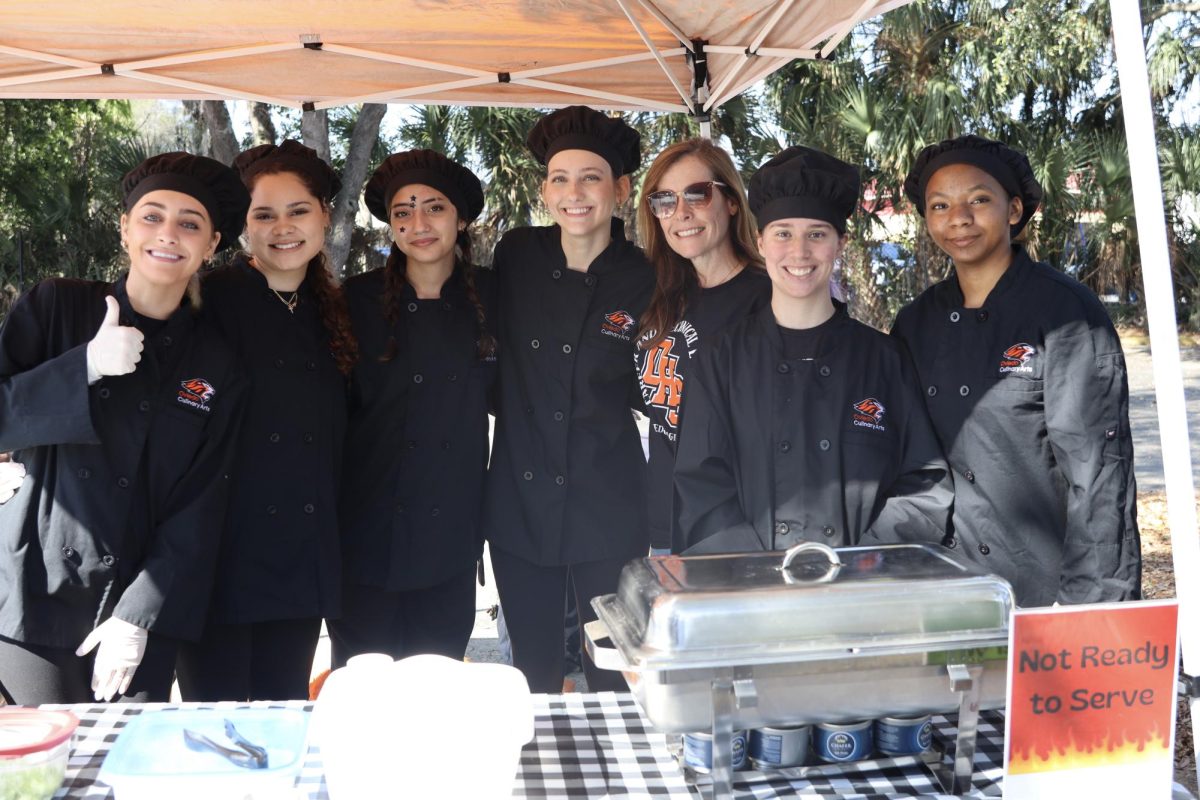
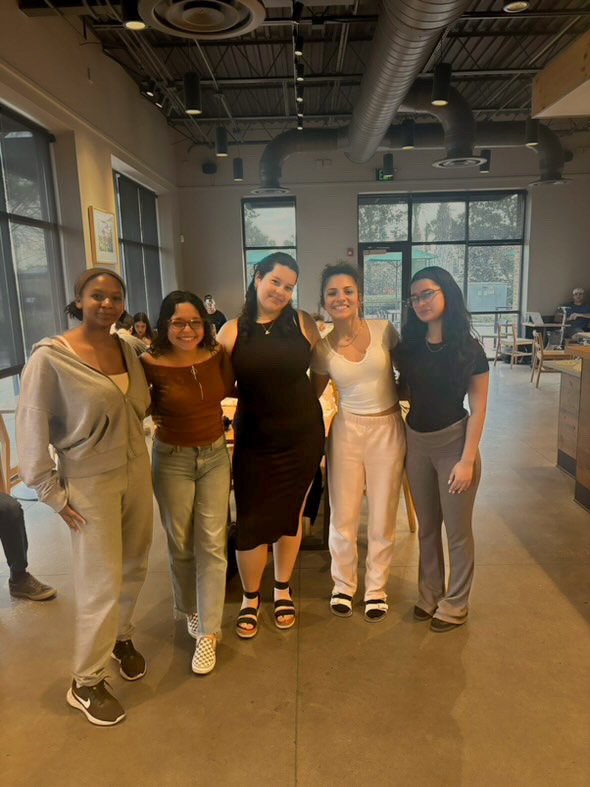

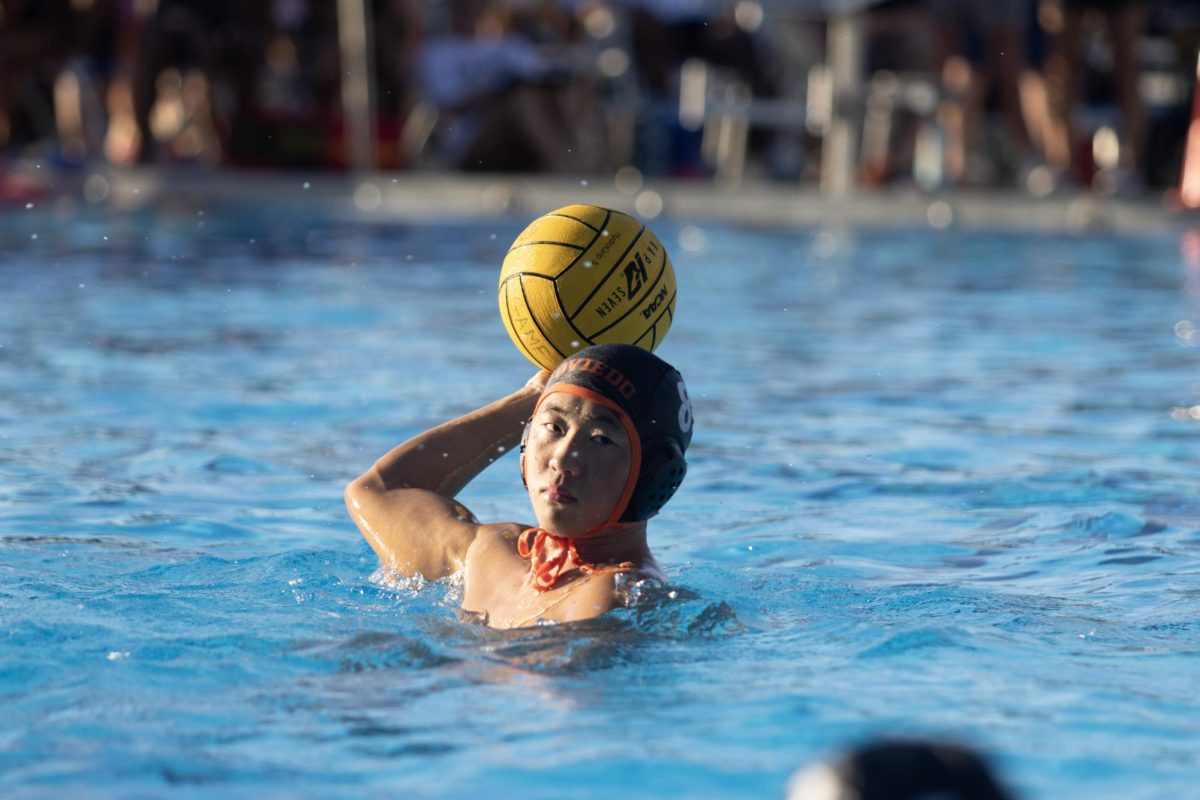

![Hopkins at Honor Grad with golf coach John McKernan. As Hopkins’ golf coach for the last two years he has seen Hopkins’ growth as a player and person along with their contributions to the team. “[Hopkins] has just been really helpful since I took [the golf team] over, just anything I wanted to do I ran by [Hopkins],” said McKernan.](https://oviedojournalism.com/wp-content/uploads/2025/05/B66A7760-800x1200.jpg)
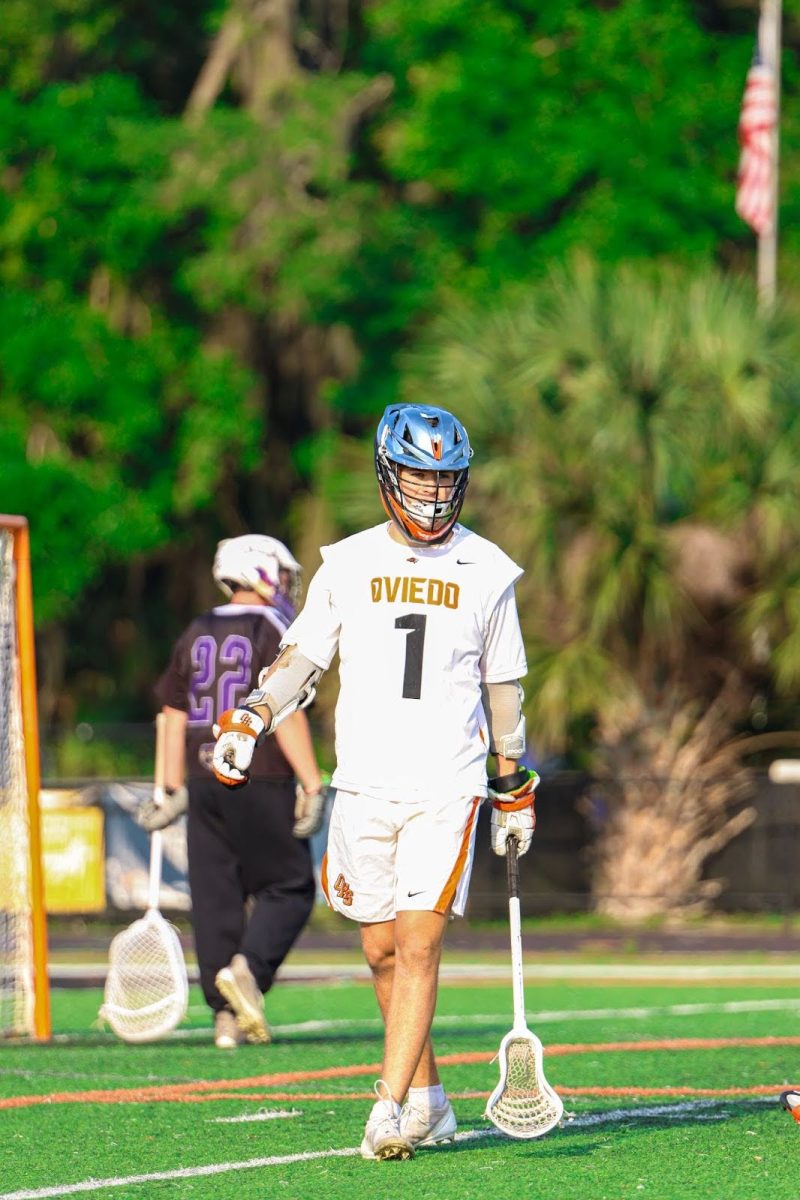
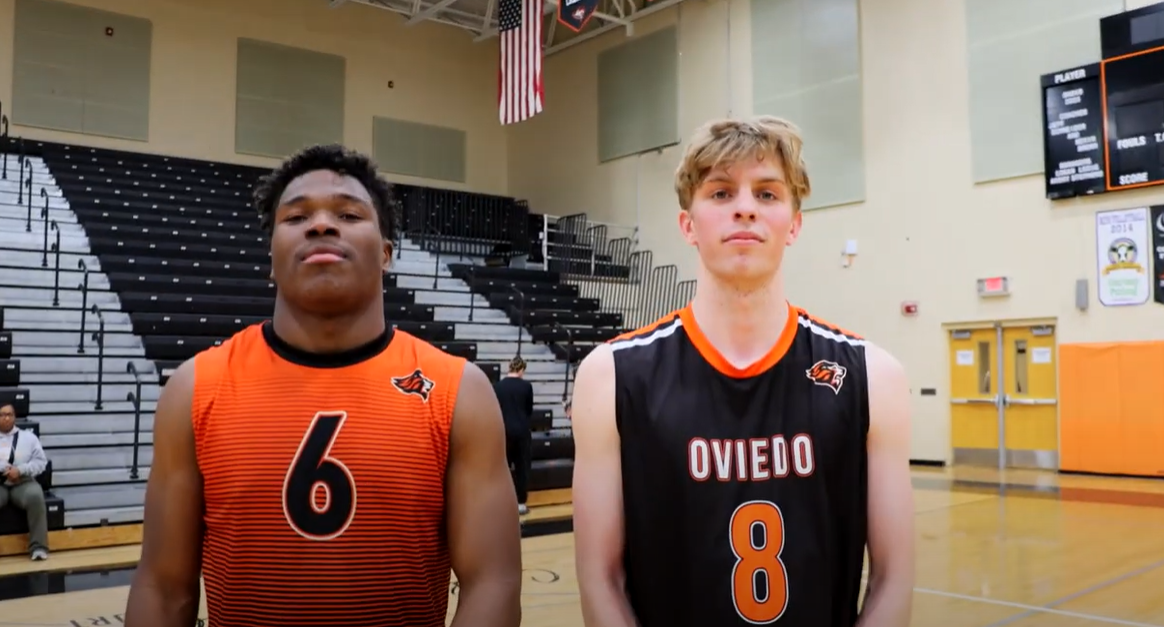
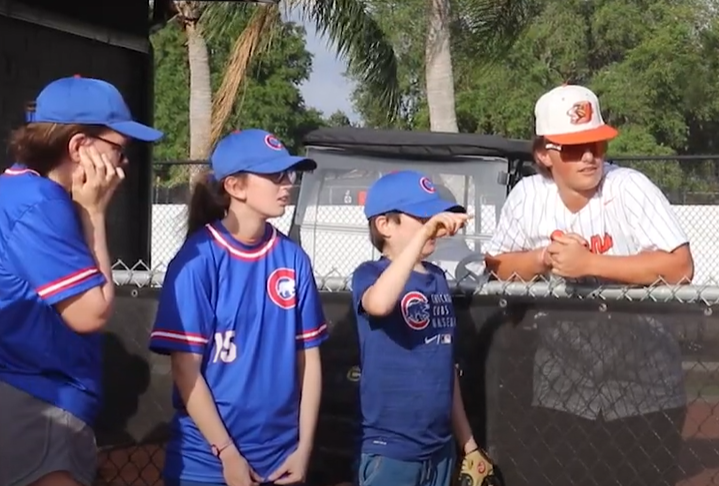
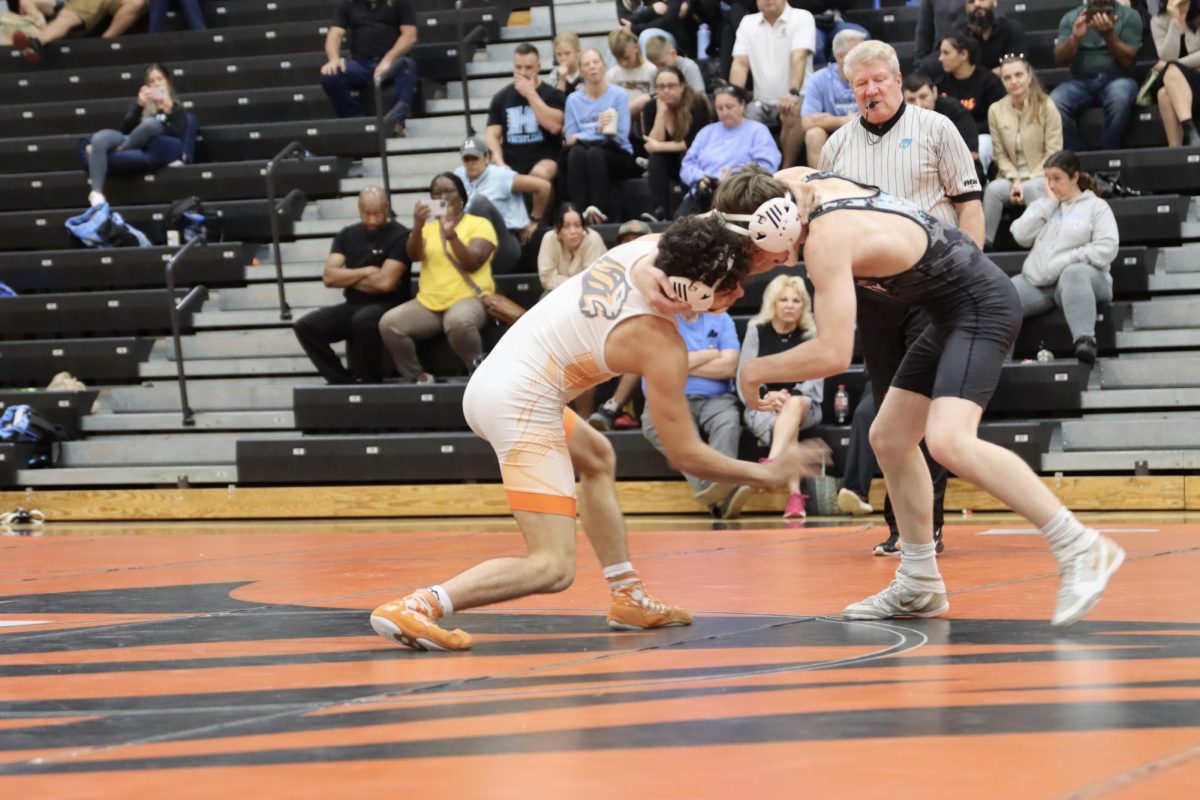








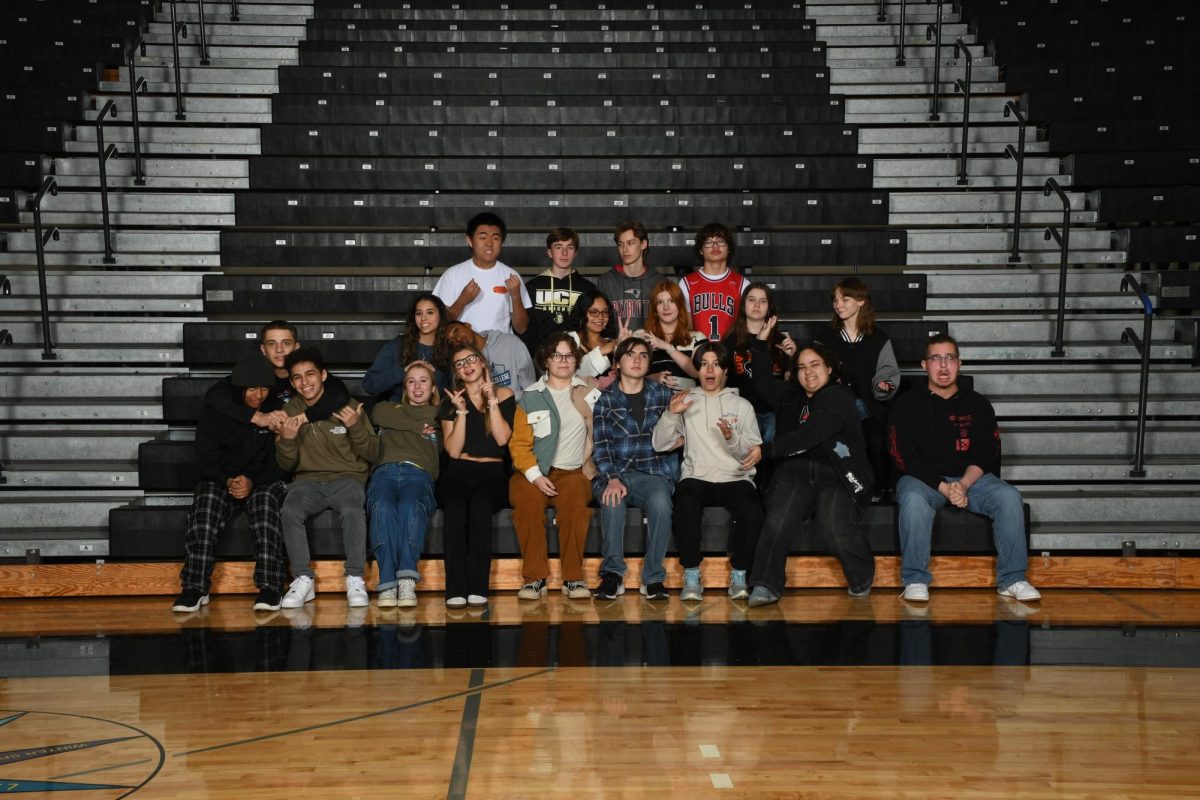

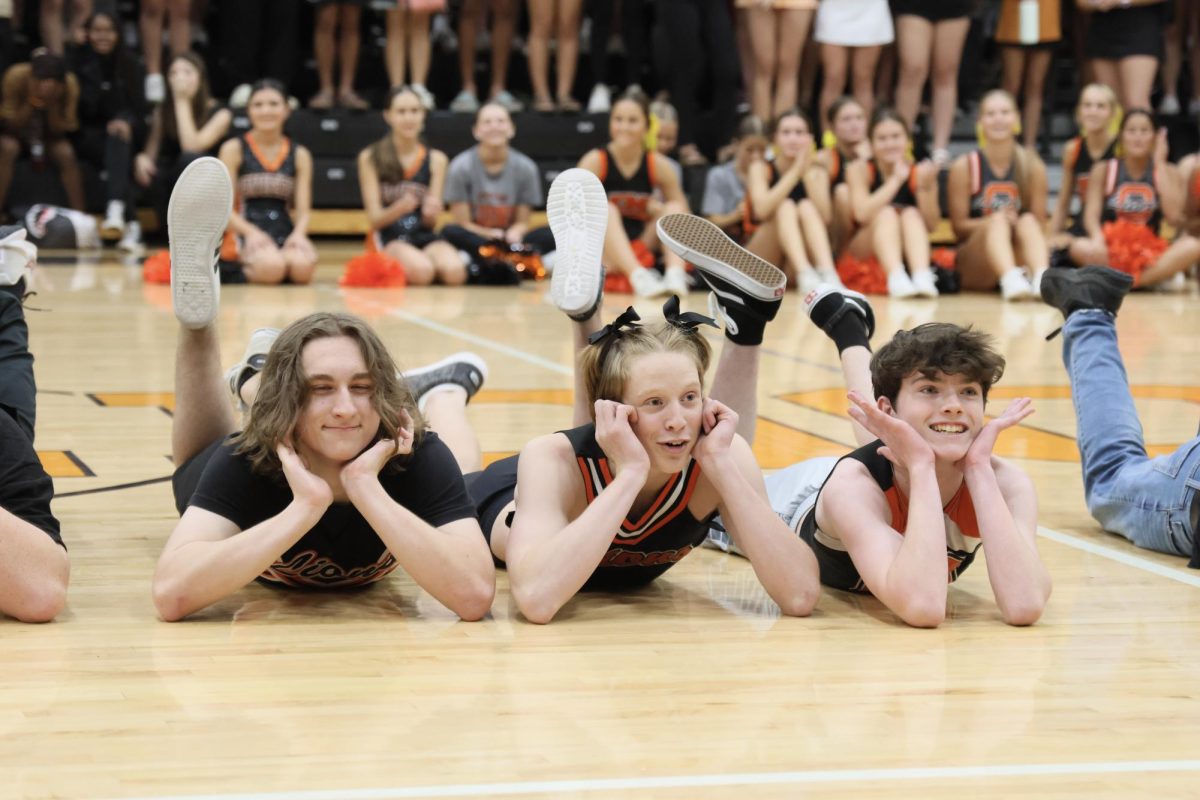
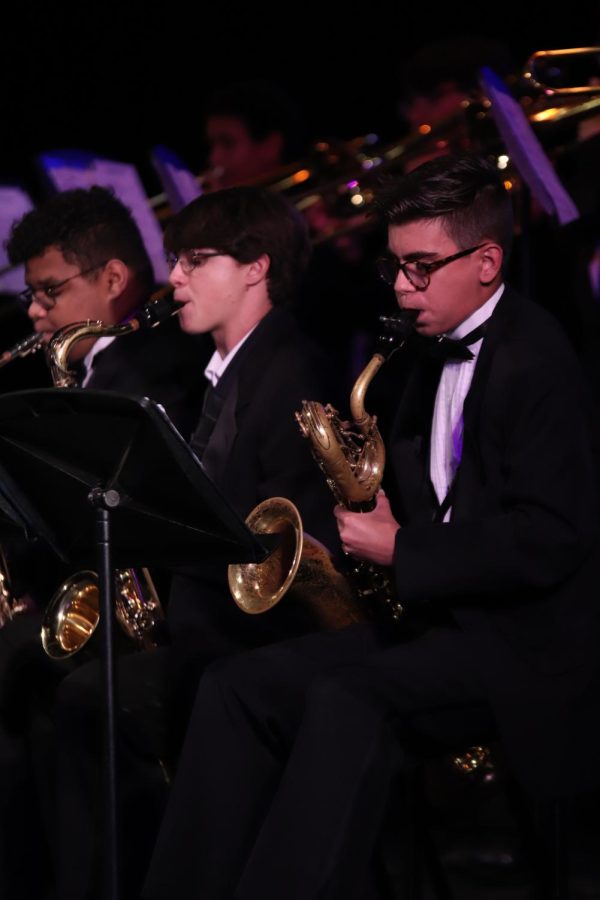







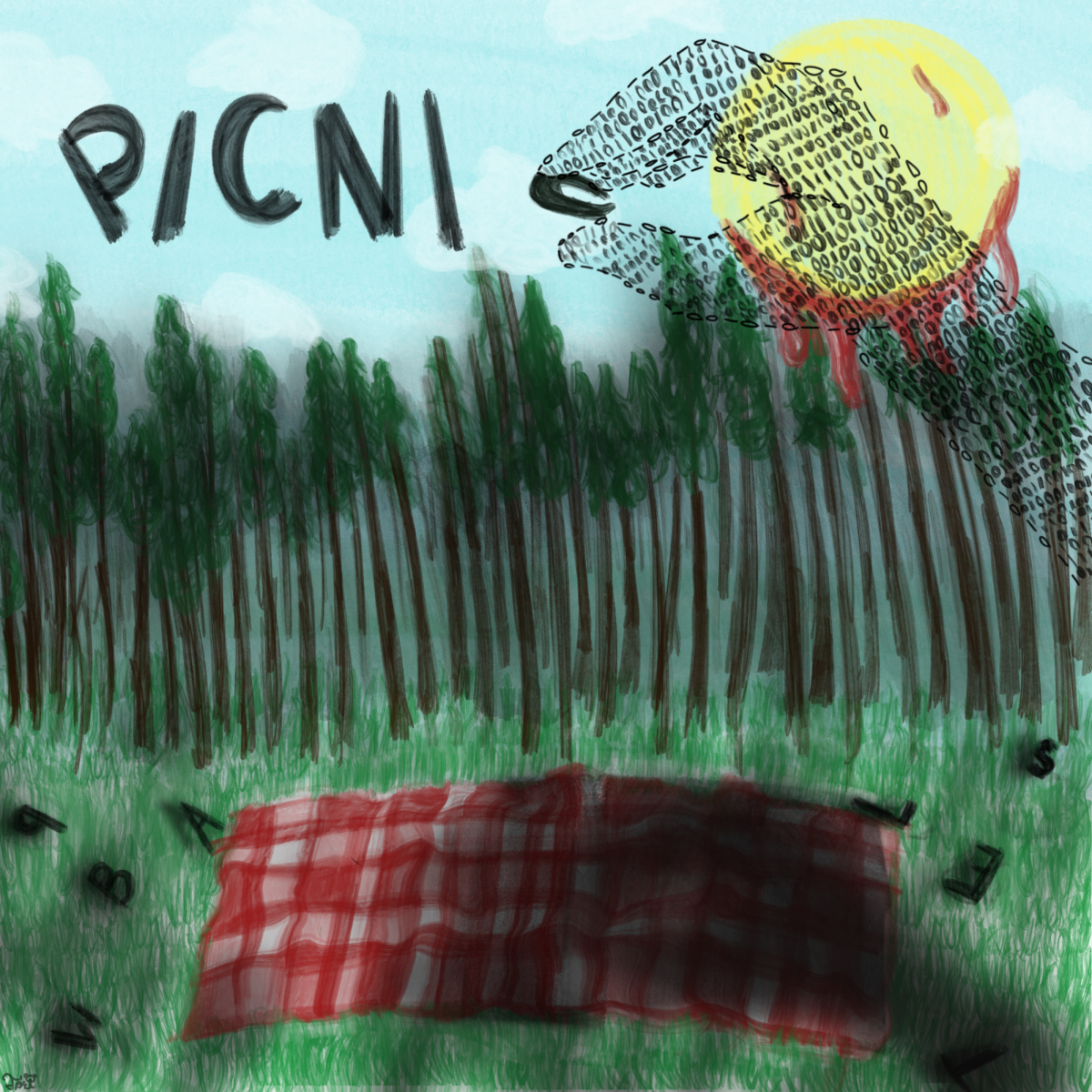


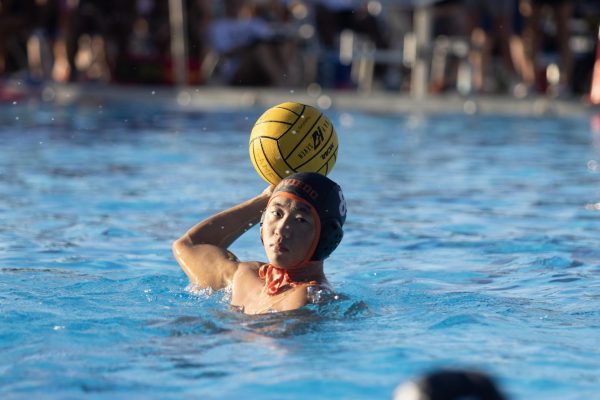

![Prom king Colin Napier and queen Leah Hopkins dance the night away during the Golden Gala on April 26th. Prior to the prom, the Student Government must make many preparations over the course of months in order to ensure it goes off without a hitch. However, their work eventually pays off when it comes time for the dance. “We set up [the prom] the day before, and it’s horrible. We’re there for a very long time, and then we get our beauty sleep, and then we get ready for prom the next day,” Aubrie Sandifer said.](https://oviedojournalism.com/wp-content/uploads/2025/05/Oviedo-197-400x600.jpg)
![Hopkins at Honor Grad with golf coach John McKernan. As Hopkins’ golf coach for the last two years he has seen Hopkins’ growth as a player and person along with their contributions to the team. “[Hopkins] has just been really helpful since I took [the golf team] over, just anything I wanted to do I ran by [Hopkins],” said McKernan.](https://oviedojournalism.com/wp-content/uploads/2025/05/B66A7760-400x600.jpg)
